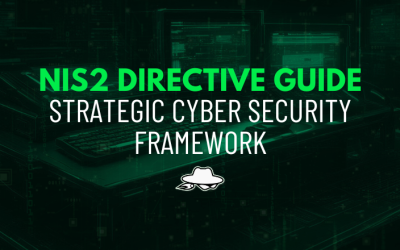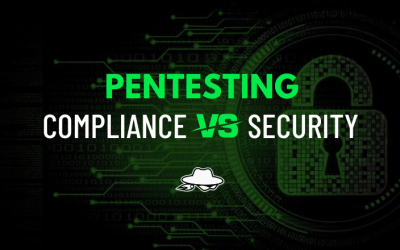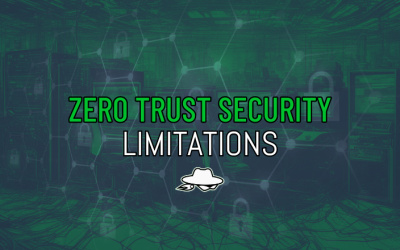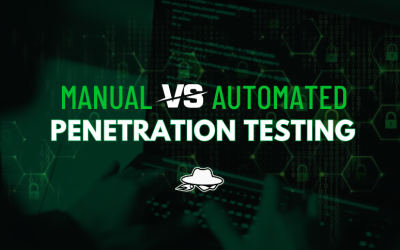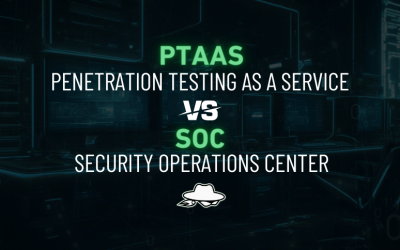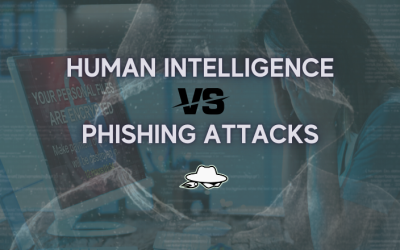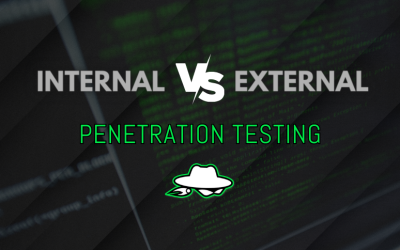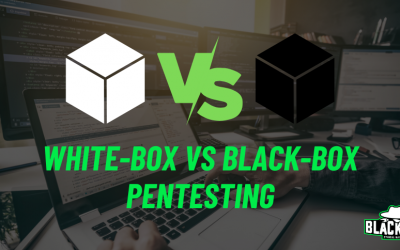Learn how penetration testing supports DORA (Digital Operational Resilience Act) compliance for financial institutions and ICT providers.
NIS2 Directive: A Strategic Blueprint for Cyber Security and the Importance of Pentesting
In this article, we provide a guide to the NIS2 Directive, a critical EU initiative aimed at strengthening cybersecurity across Europe. Its emphasis on proactive measures, including pentesting, incident response, and securing supply chains, pushes organizations to adopt cutting-edge security practices, ensuring a higher level of security preparedness.
How Companies Risk Security for Compliance Comfort in Pentesting
In this article, we discuss the limitations of compliance-driven pentesting compared to the broader scope of security-driven pentesting. While compliance-driven pentesting meets regulatory requirements (e.g., PCI DSS, HIPAA), it often misses deeper vulnerabilities and can leave critical issues undetected by following a checklist approach.
Understanding the Advantages and Challenges of Zero Trust Security
In this article, we’ll explore the concept of Zero Trust, a security framework designed to address the risks confronting modern businesses, both internally and externally. Despite its advantages, Zero Trust is not a one-size-fits-all solution and faces several limitations and challenges.
The Importance of Expertise: Why Manual Pentesting Beats Automated Solutions
In this article, we’ll discuss the importance of expertise in pentesting, particularly emphasizing the superiority of manual Pentesting over automated solutions. Automated tools and/or solutions lack the human intuition and critical thinking necessary for thorough assessments.
Understanding PTaaS and SOC
In this article, we’ll showcase the differences between Penetration Testing as a Service (PTaaS) and Security Operations Centers (SOCs) by comparing them and explain which one can be the more effective overall solution for organizations to protect their infrastructure.
Human Intelligence is the best defense against Phishing Attacks
In this article, we are focusing on the persistent challenge of phishing attacks. The threat of phishing attacks looms large in our digital era, and it continues to evolve with increasingly sophisticated tactics. While technology has made significant advancements in strengthening defensive systems, human intelligence remains the most crucial defense. The human element, with its capacity for critical thinking, is essential in identifying and thwarting these attacks.
The Difference between Internal and External Pentesting
Penetration testing has different methods of execution. In this article we’ll see the difference between Internal and External Pentesting, why both are needed and what benefits your company would get from each one.
The Difference between White-Box and Black-Box Pentesting
Reading Time: 3 MinutesIntroduction Each Pentesting solution is different, with varying expertise and specialties. Before you decide who will perform it and which approach you will take, it’s important to have an idea of what you want out of a Pentesting....


